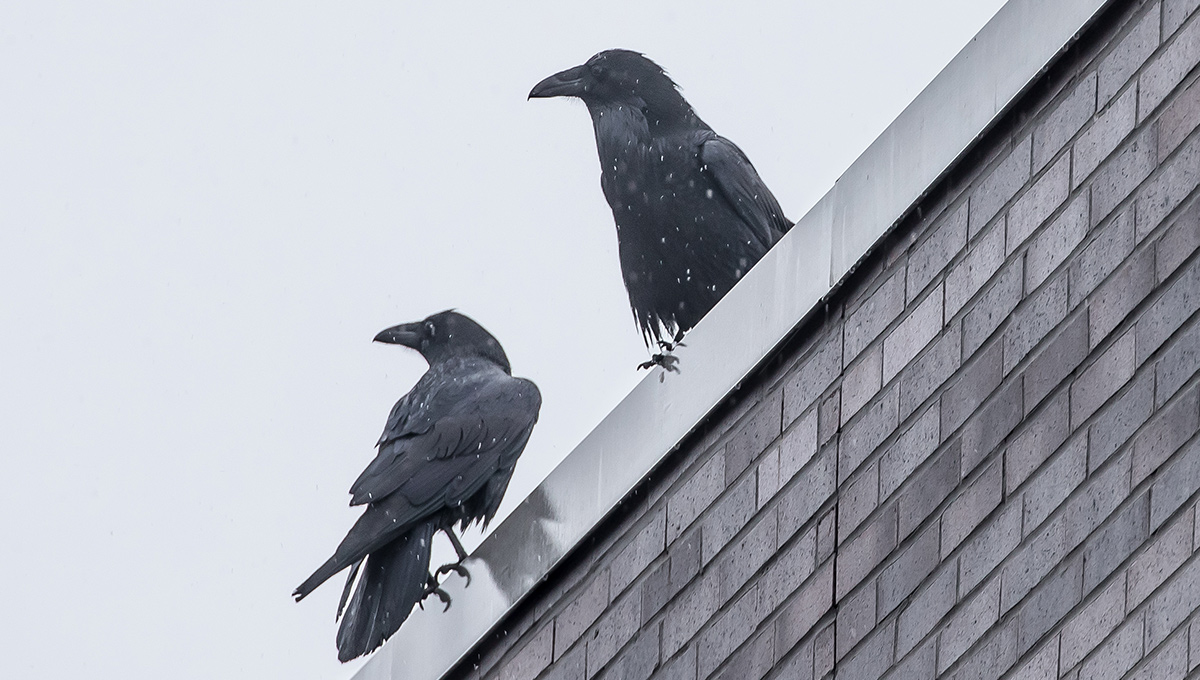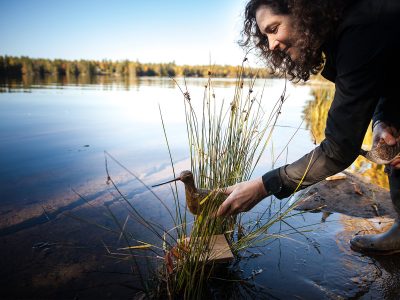Photos by Michael Runtz
Four members of the Carleton community share their perspectives on the namesake bird of both this magazine and the university’s varsity sports teams.
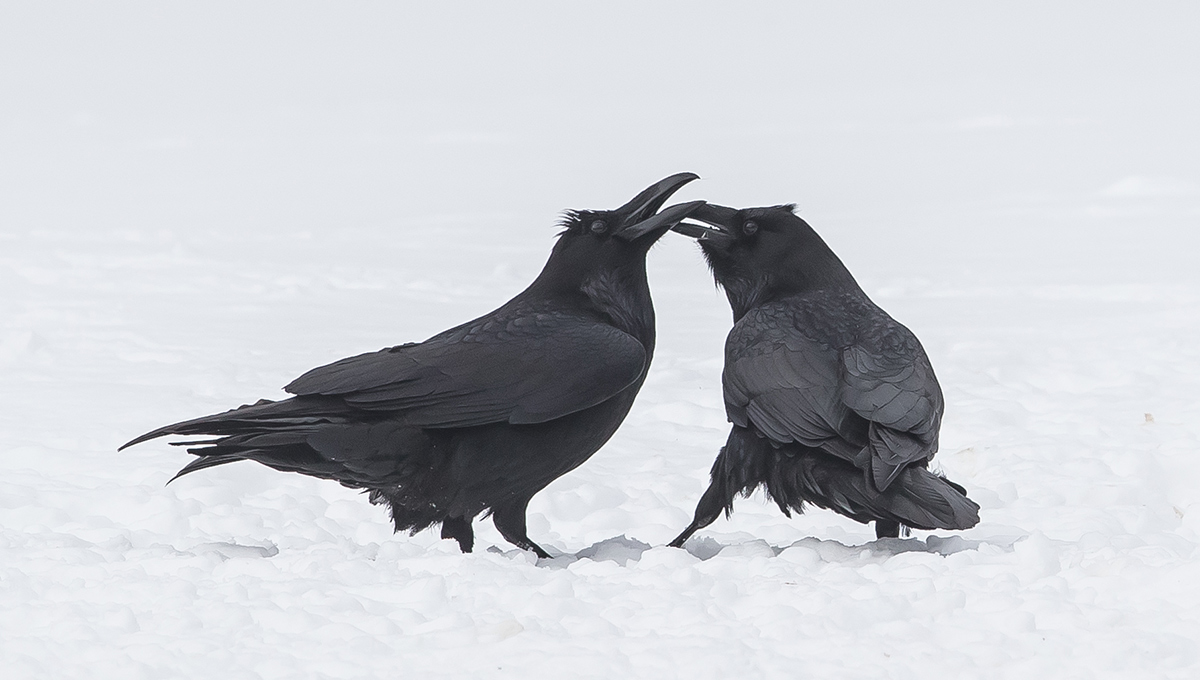
Shapeshifting
By Barbara Dumont-Hill
In 1997, my husband and I were sitting on a bench in Banff and this huge raven — the biggest I’ve ever seen — walked towards us. He had a limp and I could imagine that he was using a cane. He stood right in front of me, looked me in the eye and started to speak. He moved around and circled sometimes, but he went on and on for about 10 minutes. When birds give me a message, I tell them, “There was a time when our people understood the language of the birds, but I don’t understand you.” But he kept talking and finally he came up very close to my feet and then turned and hobbled away.
Around 10 years ago, going to a grocery store in Ottawa, my husband and I had just gotten out of our car and a raven landed in front of me. It was like he didn’t want me to walk past. He was a young raven, but it brought me back to the time in Banff when that old raven had a message for me. Back in 1997, I had a hard time having a conversation with anybody. I knew so little about who I was. But then my life started to change, and I believe that old raven began the shapeshifting. I inherited some of its spirit. When the young raven came to me, his message was that it was the beginning of me having a voice.
That’s what raven does. That’s the magic that it can instill. I had always been ashamed of who I was. Now I’m proud. And I think part of the transformation was raven taking me out of the darkness and bringing me into the light.
I speak to students all the time and tell them I never went to university, but they have the opportunity at Carleton to learn and create change. I don’t have special powers. I just listen to people and give them a hug if they want me to. Often, when I hug people, I can tell that they’re hurting, and I ask them to let me take their hurt, and we hug as long as they need to. Often, students need a raven to help begin the shapeshifting in their lives.
Our people used to listen to animals. Everything had a message and everything was important. Today, there are a lot of messages that we ignore. The animals are telling us, “When we have all disappeared, you too will disappear.” But we are not listening. And we don’t listen to one another or to the Earth, either. We need to be aware that everything has messages, and that we all have the ability to create change.
Barbara Dumont-Hill is a knowledge keeper at Carleton’s Ojigkwanong Centre, a member of the university’s Indigenous Strategic Initiatives Committee and a grandmother from the Kitigan Zibi Anishinabeg First Nation.
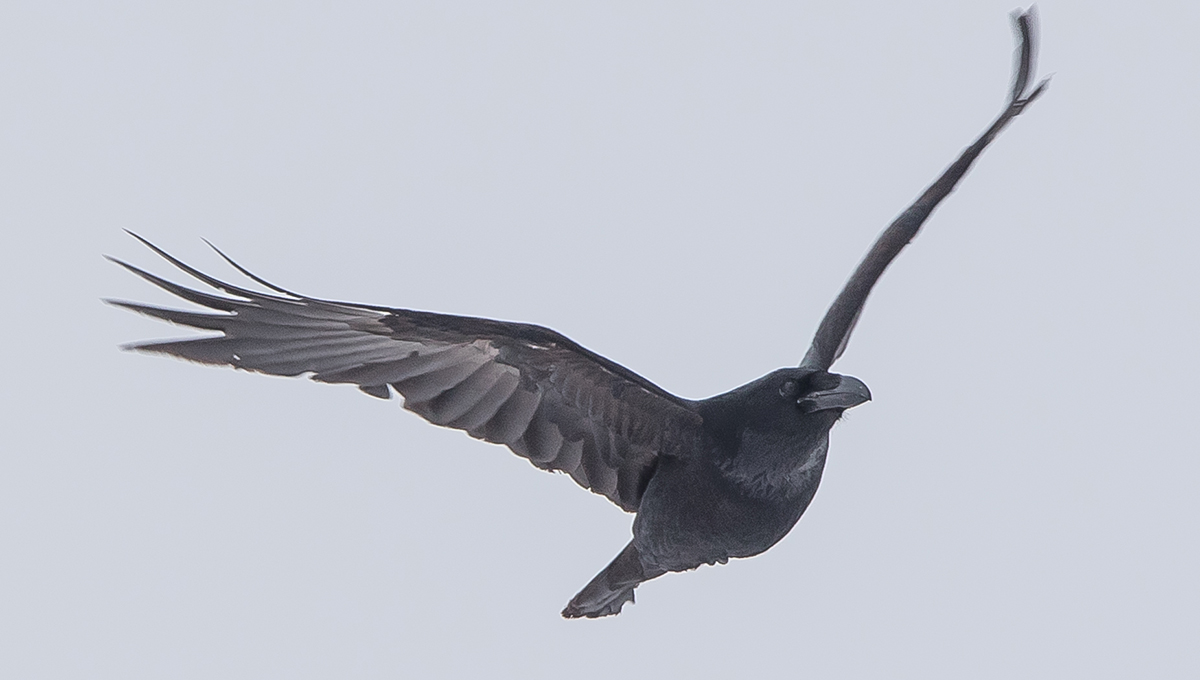
Paragon of the Air
By Michael Runtz
When I was a young birder in the Ottawa Valley, common ravens were anything but common, and in fact were so rare that a winter sighting would create great excitement. A widespread poisoning program to eliminate wolves was reportedly one of the reasons for their rarity because they regularly scavenge large wolf-killed animals. Today, ravens have become what their name suggests and are regularly seen (and heard) on the Carleton campus. The sight of two of these huge crows-on-steroids landing on top of the Nesbitt Biology Building during a snowstorm on one of my weekly bird walks is a memory not soon forgotten.
Ravens are extremely intelligent birds that, because of their loud screams and squawks, allow me to find wolves. When I hear a cacophony of ravens, I know that wolves aren’t far away. Ravens follow wolf packs in anticipation of a kill, then feast on the leftovers, sometimes stealing beakfuls of meat from under a wolf ’s nose. When a bald eagle appears at a carcass, the ravens fly up only to settle down again at the kill, remaining just out of reach of that bird’s massive bill. I once watched a raven tug on an eagle’s tail and when the eagle looked back at its antagonist, one of the raven’s companions stole a beakful of meat.
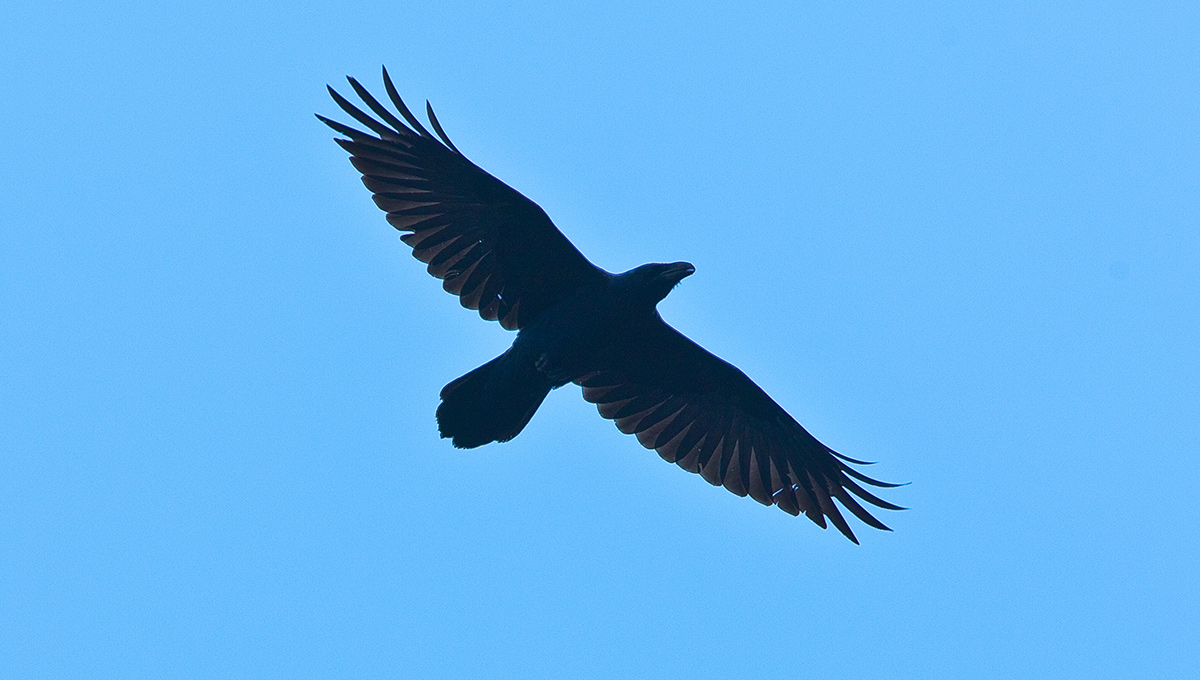
Raven groups are fascinating to watch at a carcass, as biologist Berndt Heinrich details in his terrific book, Ravens in Winter. If a territorial pair finds a dead deer or moose, they remain silent while they feast. If juveniles locate one, however, they scream vociferously, attracting more young ravens to the carcass. The resulting “conspiracy” sets up dominance hierarchies and pair bonds, with much posturing and courtship behaviour — a dead animal turned singles bar.
Ravens are also beautiful to watch in the air. They perform mesmerizing acrobatics, flipping upside down and diving at breakneck speeds. They soar and play with and seem to taunt hawks. And their vocalizations are diverse, ranging from bell-like dongs to raucous screams. “The raven is the paragon of the air,” writes Heinrich, and “its deep, sonorous penetrating voice demands immediate attention and respect, even though we have little or no idea what it says.”
Michael Runtz is a biology professor at Carleton and a world-renowned naturalist who has published 12 books featuring his writing and photography, most recently Algonquin Wild: A Naturalist’s Journey Through the Seasons, in 2018.
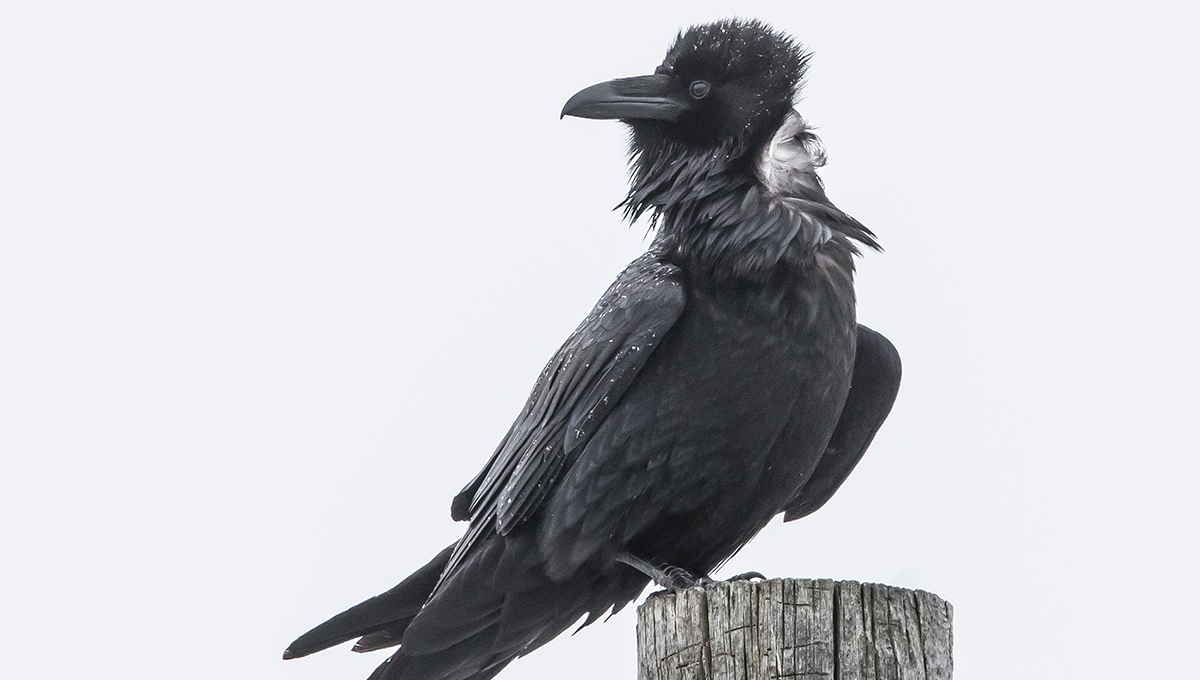
Cultural Convergence
By Brian Johnson
Arguably no literary bird has enjoyed greater fame or longevity than the “ominous bird of yore” that graces Edgar Allan Poe’s popular 19th century poem “The Raven.” To the poem’s bereaved speaker, the feathered midnight visitor who croaks “Nevermore!” in response to his every question is a frustratingly enigmatic messenger from “Night’s Plutonian shore.” Is the bird a gift from God sent to help the speaker momentarily forget his grief? Or is it a “devil,” “a tempter,” “a thing of evil”? Or perhaps it is a “prophet,” able to reassure the morose speaker that he will be reunited with his beloved in the afterlife? “Nevermore!” “Nevermore!” “Nevermore!” comes the teasing, maddening, unvarying reply.
Poe’s campy Gothic depiction of the raven as ominous messenger draws on a long history of the bird’s representation in Europe, the Middle East and South Asia. Dating back to antiquity, and finding continuous renewal across a broad range of contexts — the Bible, Norse mythology, the Qu’ran and Shakespeare, to name only a few — the convention of depicting the raven as a sinister creature has roots in the bird’s objective features: its black colouration, its carrion diet, its battlefield ubiquity and its uncanny ability to mimic human speech. All of these qualities have contributed to its status as a figure of evil, death or ill-omen, as a prophetic mediator between the living and the dead, or some combination thereof. In Poe’s poem, the ultimately unknowable raven (its animal speech might, after all, not mean anything) becomes a site for the speaker’s projections and “fancies,” all drawn from the storehouses of diverse cultural traditions.
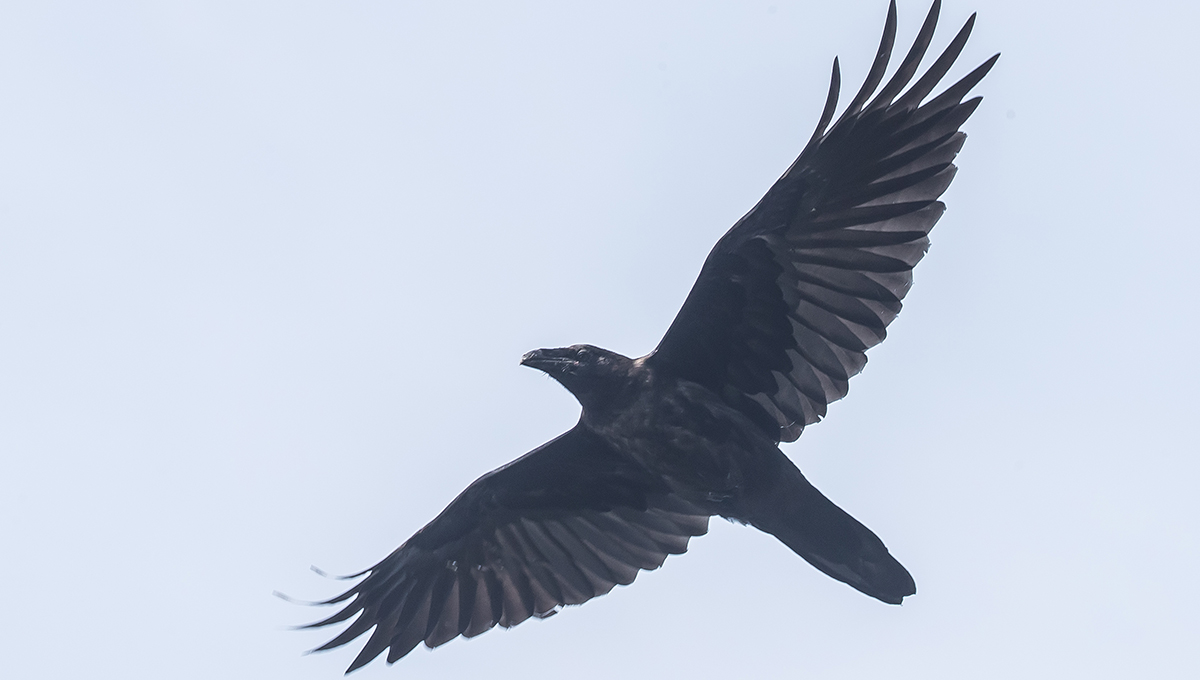
In other ways, however, the playfulness of Poe’s raven points towards another set of cultural traditions wherein the raven’s role as mediator between human and supernatural realms makes it not a pretext for Gothic chills but a mischievous, shapeshifting bearer of sacred knowledge and communal memory. Raven’s celebrated role as both trickster and Creator in the stories and spiritual practices of the Indigenous peoples of the Pacific Northwest, for instance, inspires Haisla and Heiltsuk author Eden Robinson’s generically hybrid trickster novels, Son of a Trickster and Trickster Drift, which feature the spiritual and supernatural coming-of-age of Indigenous teen Jared whose parentage is part wee’git (Raven), part witch. Meanwhile, many works of contemporary urban fantasy, like Neil Gaiman’s American Gods and Susanna Clarke’s Jonathan Strange & Mr Norrell, notably feature ravens that nostalgically conjure the pagan ambiance and “magic” of pre-Christian Europe.
As the foregrounding of the raven’s deep roots in multiple traditions by its most recent literary appearances suggests, Poe’s “bird of yore” was neither strictly “ominous” nor strictly “Poe’s” to begin with. In literature today, it is now, more than ever, a figure in which the threads of numerous cultural traditions converge, clash and sometimes mingle.
Brian Johnson is a professor in Carleton’s Department of English Language and Literature with an interest in comics studies, Canadian literature, psychoanalysis and genre.
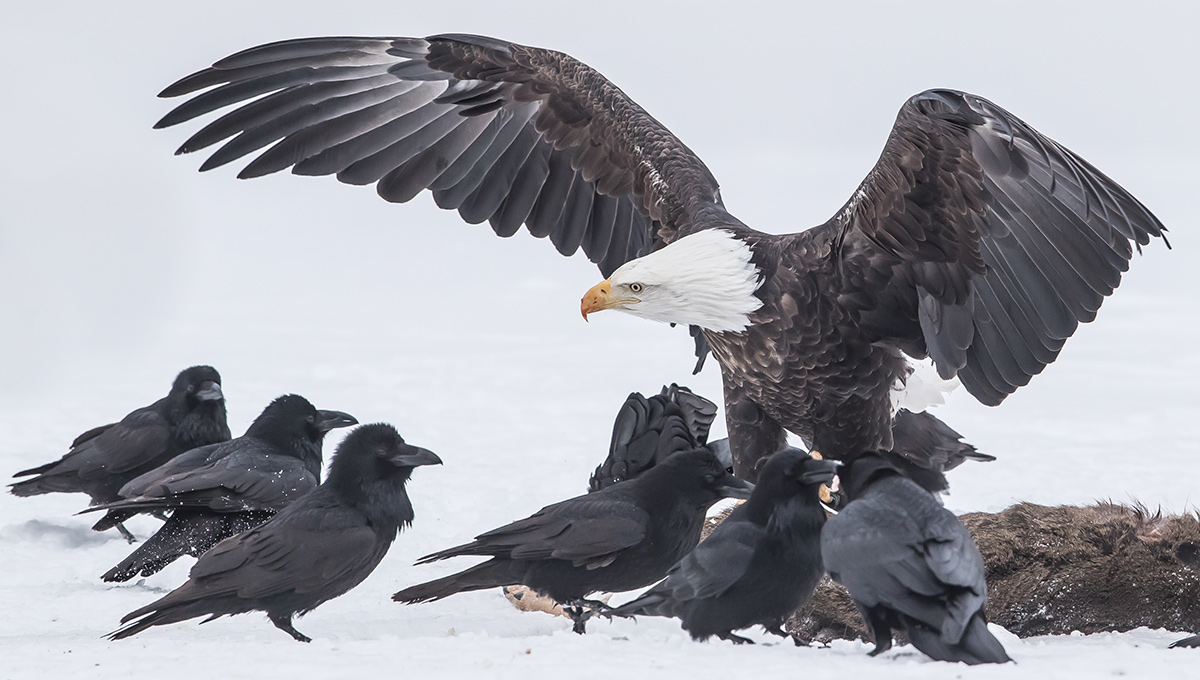
Something Larger Than Yourself
By Sarah Zutrauen
Everyone always says your last game of your final season is the shortest game you’ll ever play. You can see your varsity career ticking away on the scoreboard. It’s bittersweet that my Ravens soccer years are over. After five years of hard work, I will proudly move on as an alumna. Being a varsity athlete enhanced my university experience. It was challenging to balance school and sport because we spent so many hours on the field and in the gym, but this forced me to develop time-management skills. Playing sports has taught me many other things, including perseverance, resilience and collaboration, which can be used in many environments.
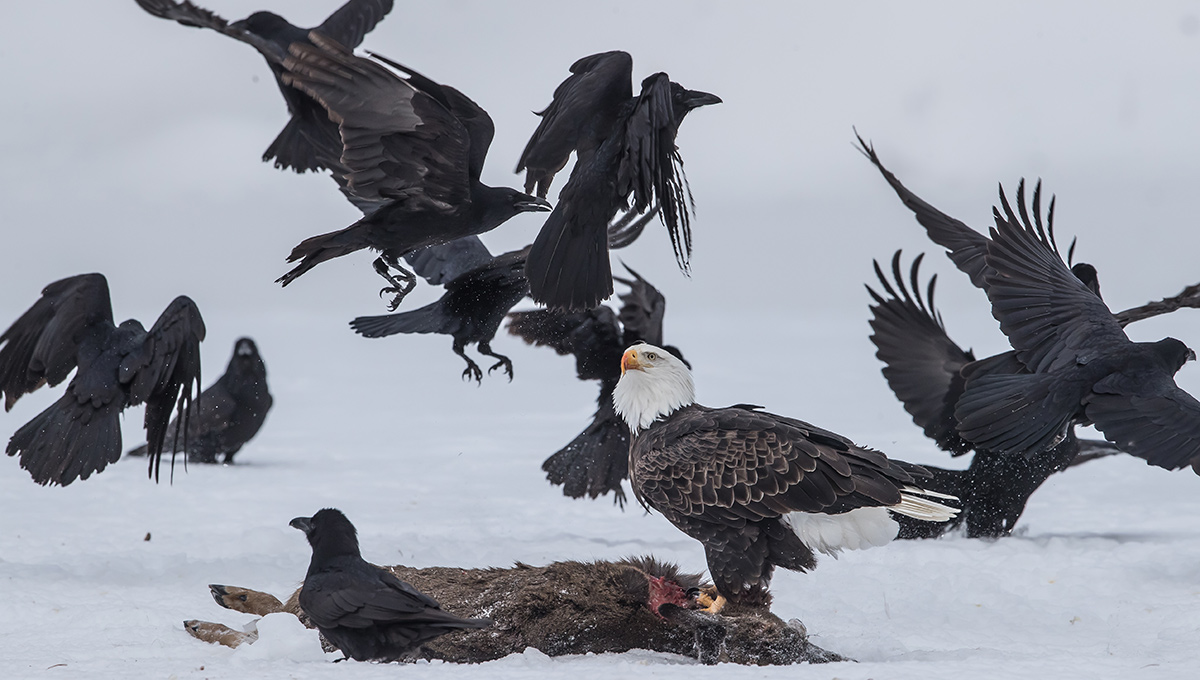
I’m currently studying toward a master’s degree in Health: Science, Technology and Policy. I hope to work in the public health sector. I’ve always been interested in healthy living and can see myself helping prevent illnesses, injuries or chronic diseases. The courses offered in my Health Sciences undergraduate degree were interdisciplinary, ranging from biochemistry to epidemiology, and I gravitated to the latter.
Having an opportunity to wear the Ravens uniform was special. You’re representing something larger than yourself. As captain, I always tried to motivate and encourage others to be their best and helped teammates whenever needed. First, you must earn their trust, so they know you have their backs. To any new athletes joining the Ravens, the number-one thing I’d say is that there will be ups and downs, but both the wins and losses will provide opportunities to learn and grow. Although I am embarking on my next chapter, I will forever be a Raven at heart.
Sarah Zutrauen, an Academic All-Canadian, played for the Carleton Ravens women’s soccer team for the last five seasons and was captain for the last two.
